Report this entry
More from the same community-collection
Juarez Indios Arizona-Texas League Champions 1950 Ernesto Porras
Baseball Juarez Indios Capitalize Texas, Bowie High School - ...
Marshall Dallas Stoudenmire Gunfight – Video
Dallas Stoudenmire (December 11, 1845 – September 18, 1882) ...
Rosa Guerrero Talks to Children - Video
Rosa Guerrero, talking to children at the school that was named ...
Seating at the Chihuahuan Desert Garden at UTEP.
Seating at the Chihuahuan Desert Garden at UTEP. It was a cold, ...
Healthy Kids Day at Southwest University Park
Project Amistad offers many free services to the community of El ...
Alyssa Devora and Do the Write Thing Challenge 2014
Alyssa Devora, Anthony Middle School 7th Grade Ambassador to ...

















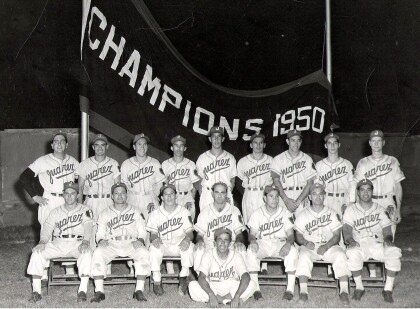
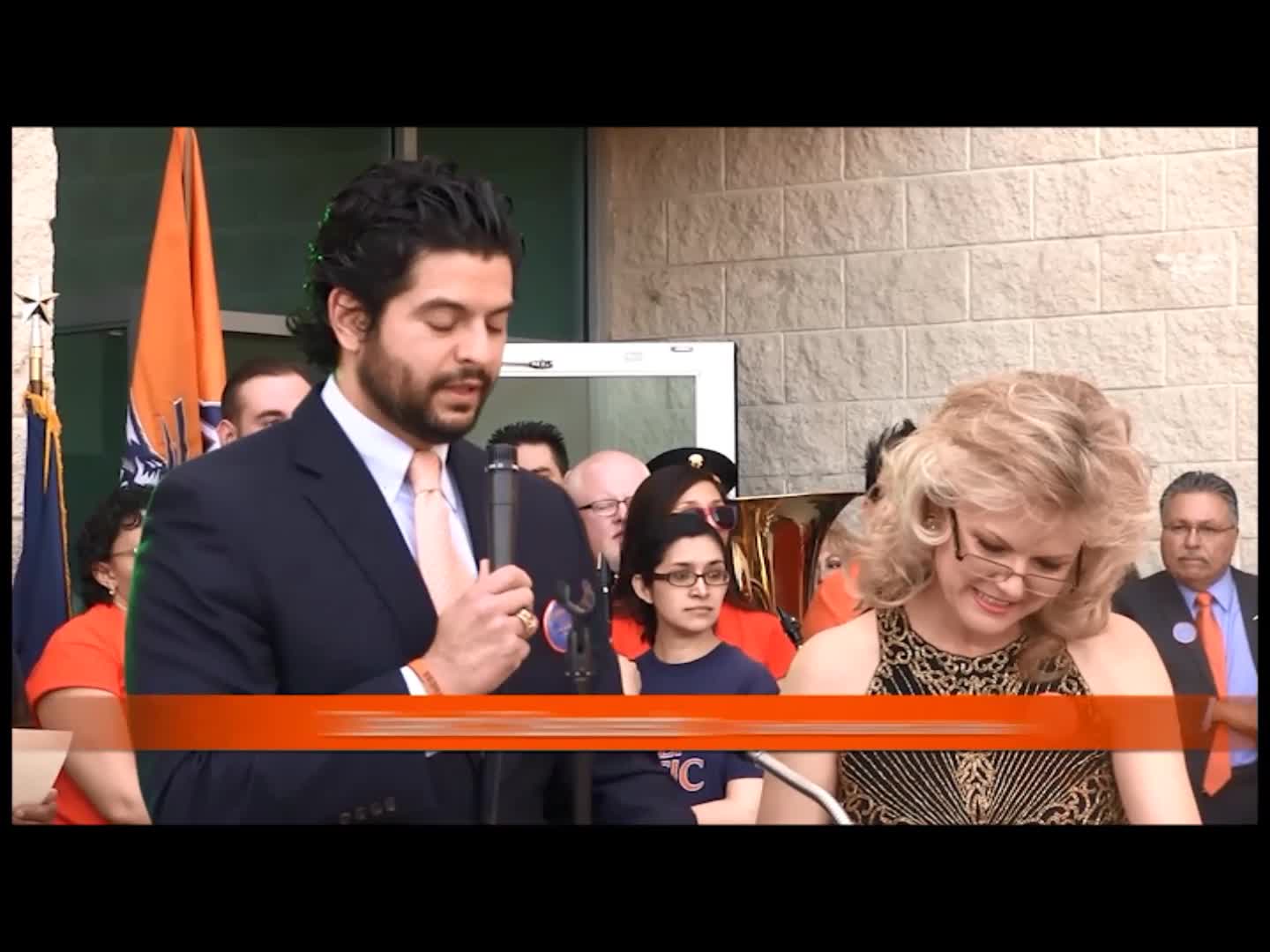
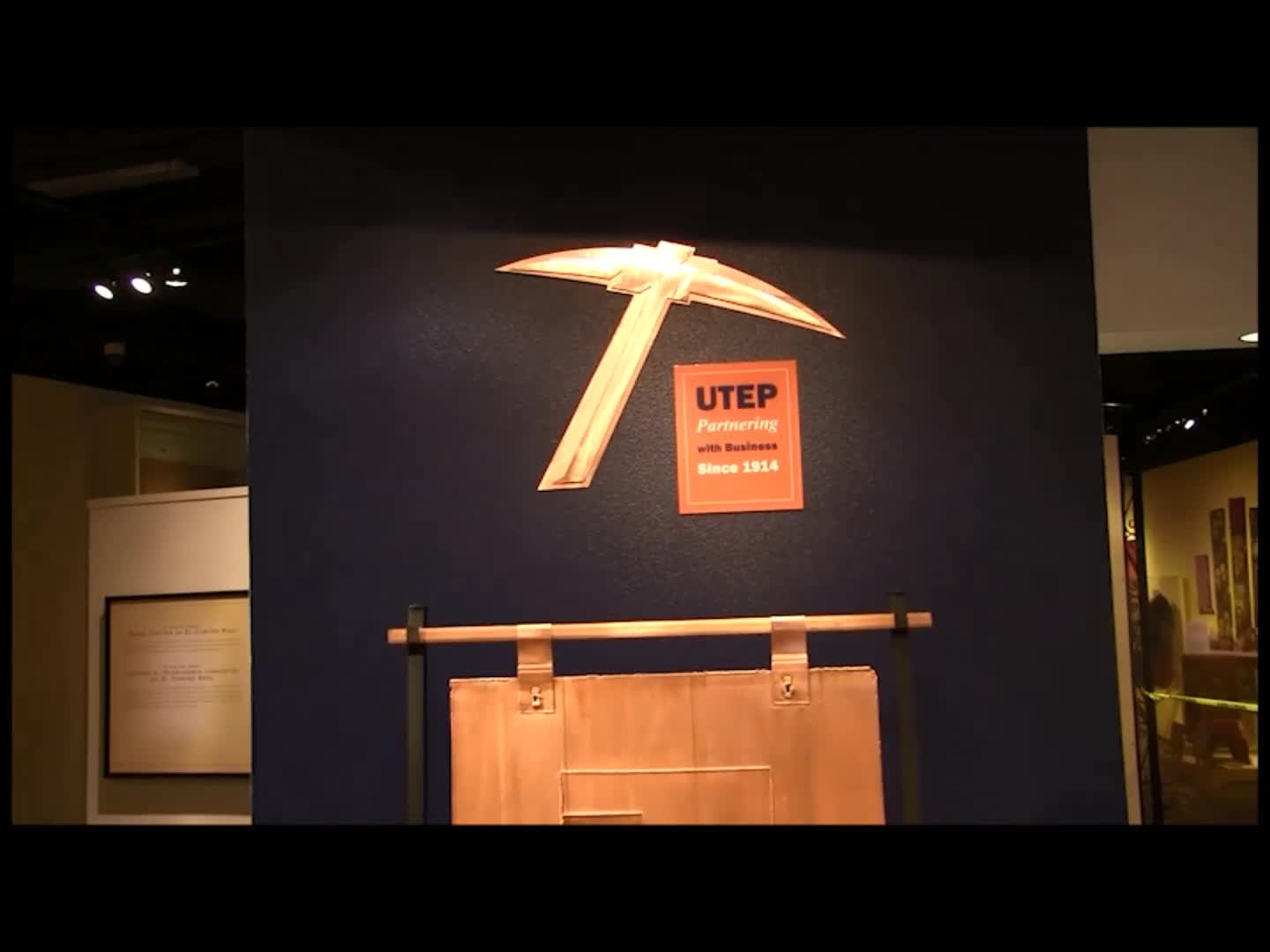
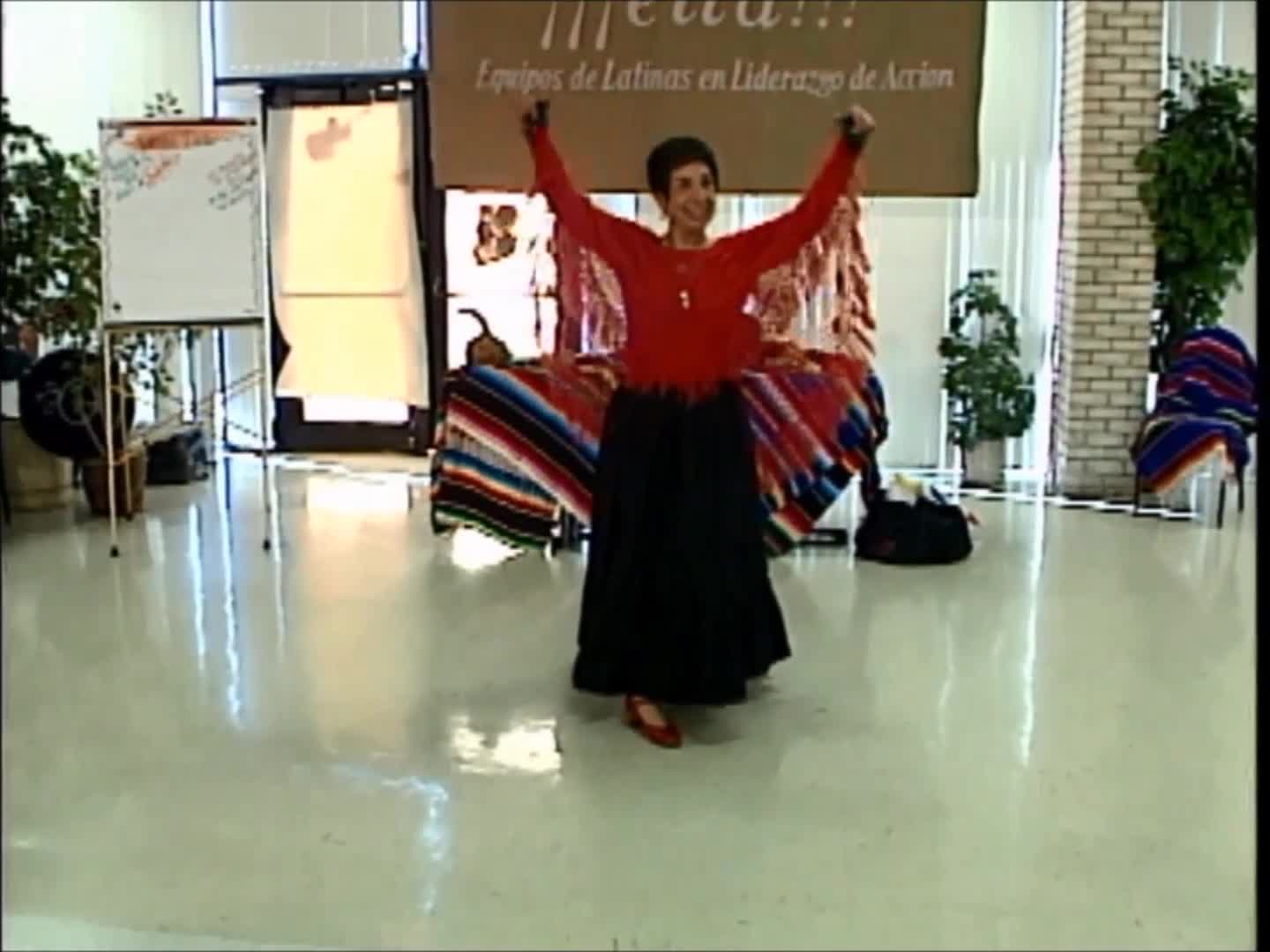
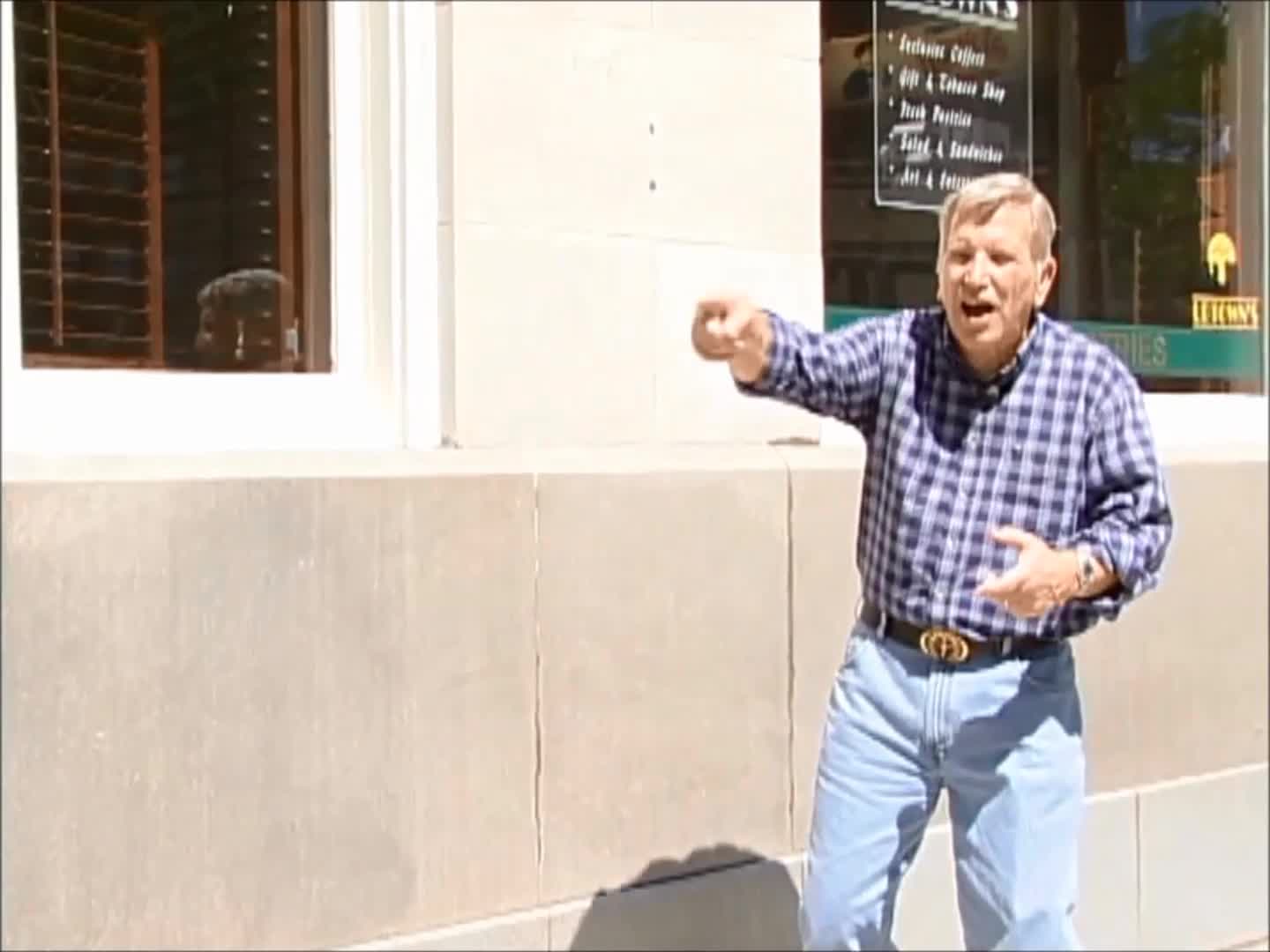
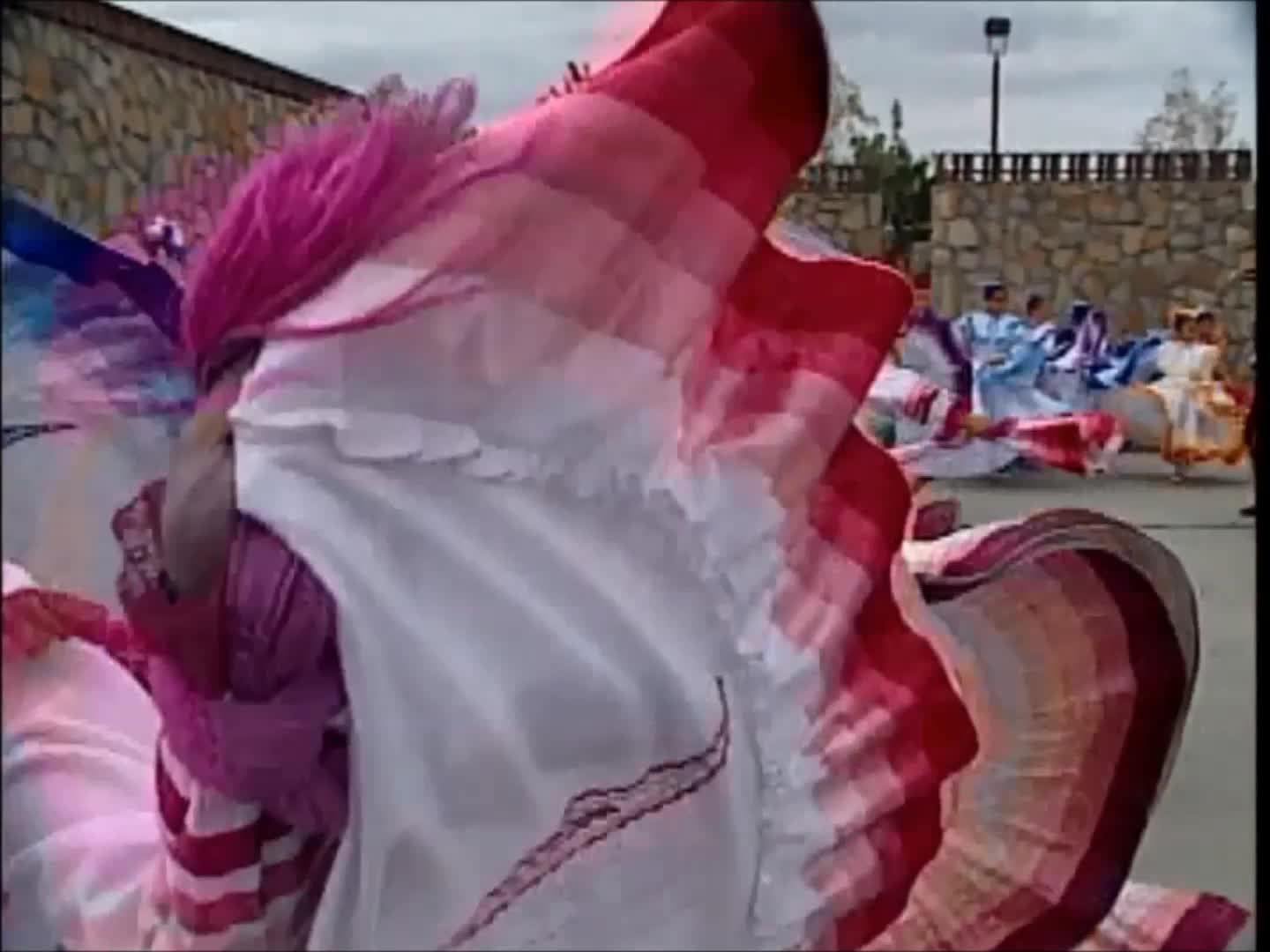
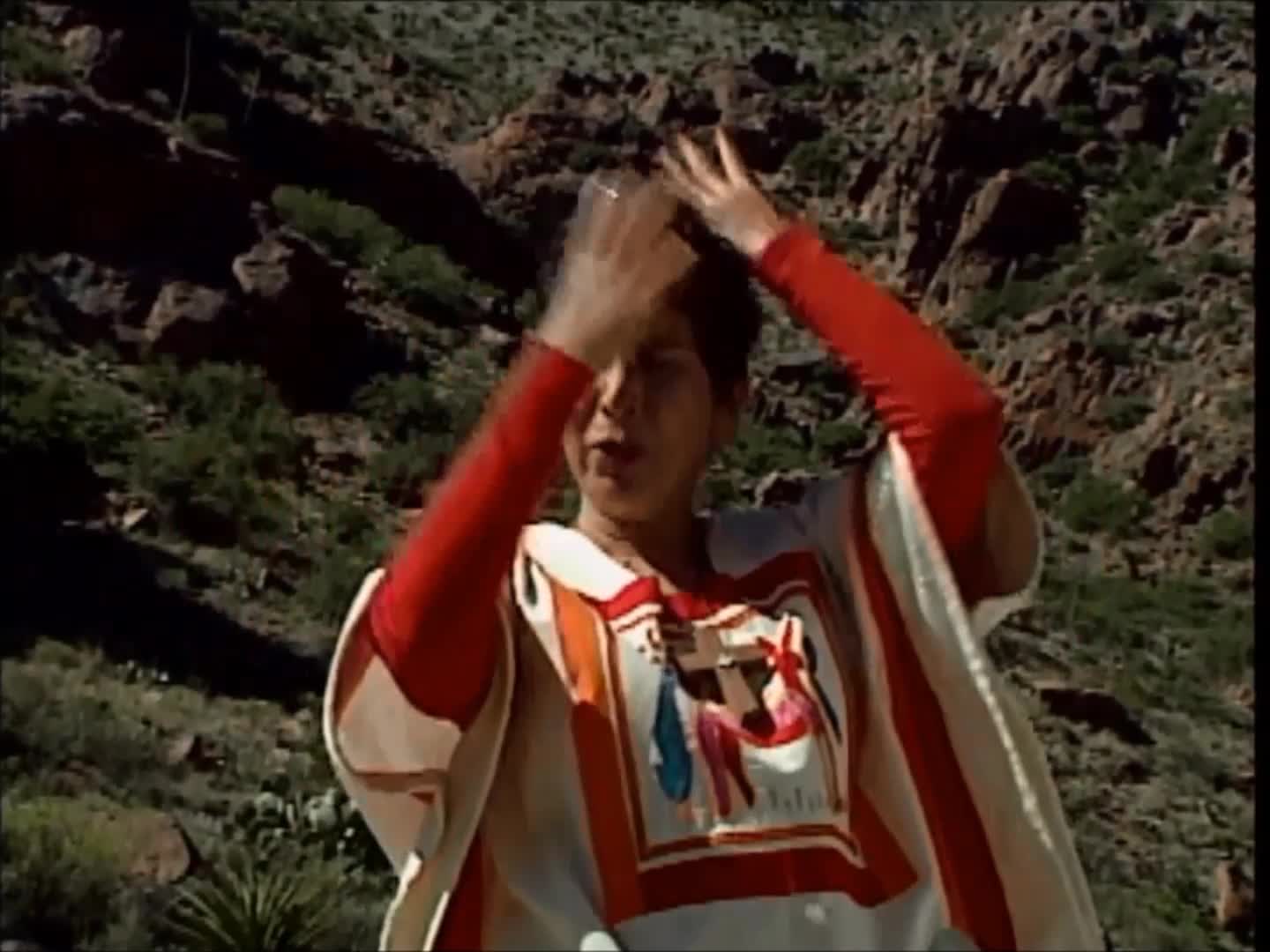

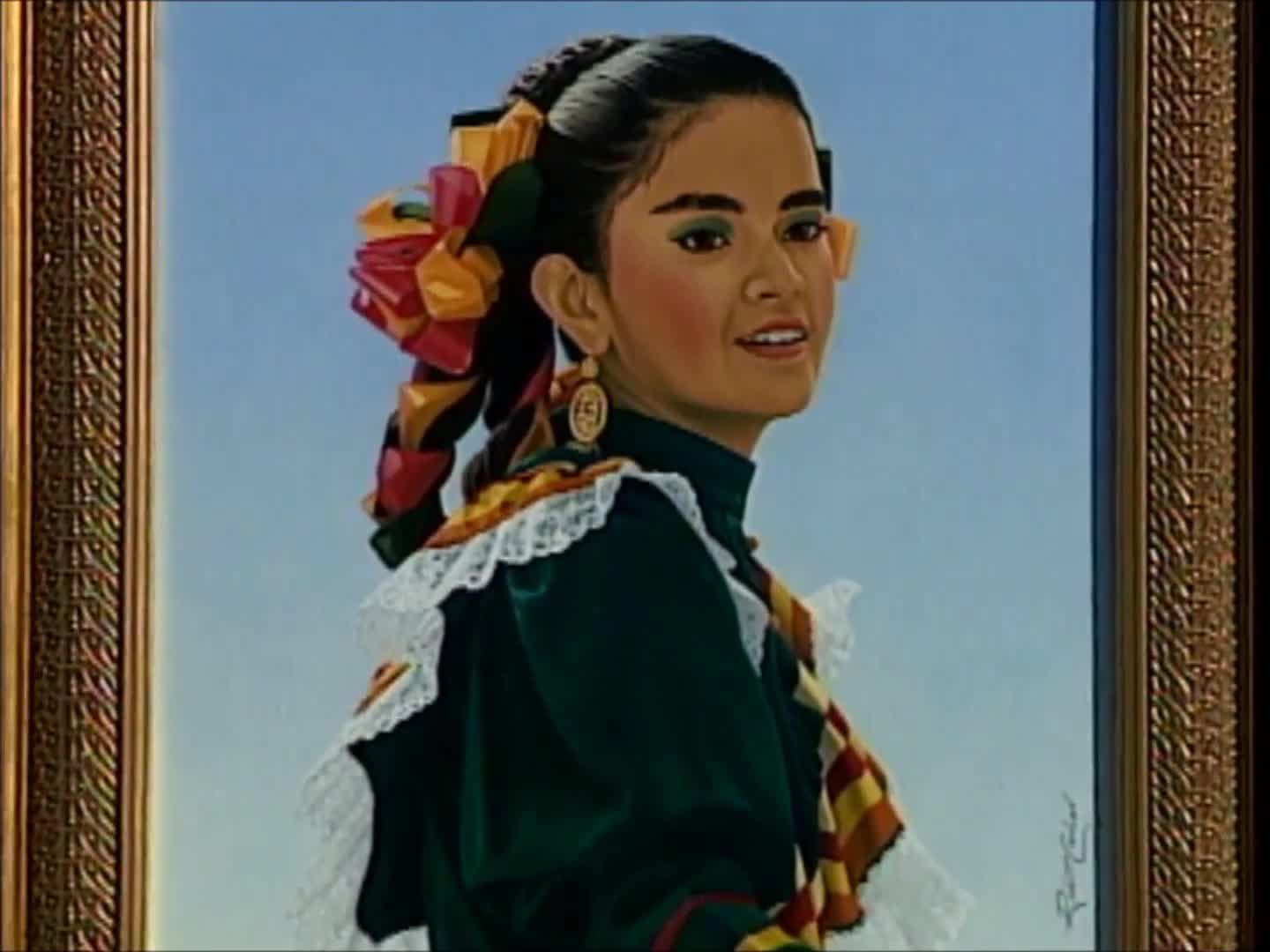

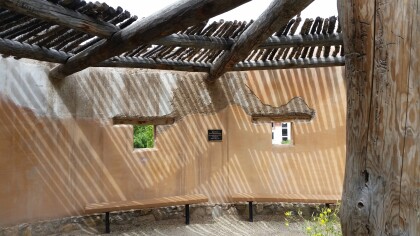
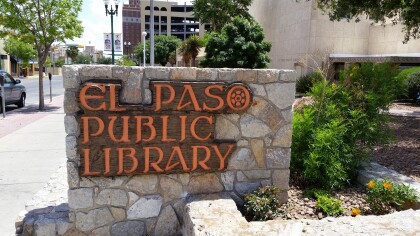
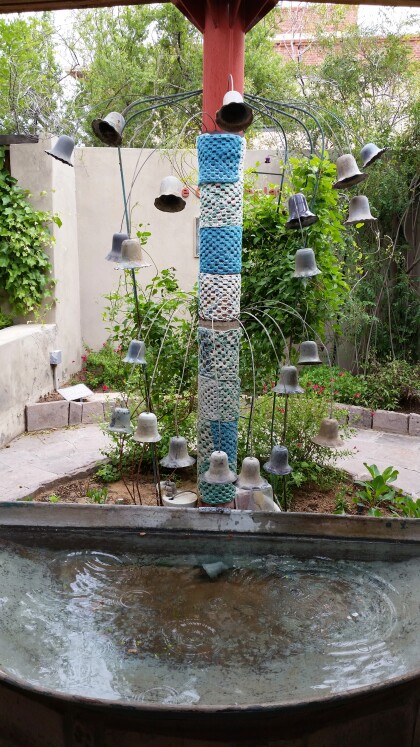
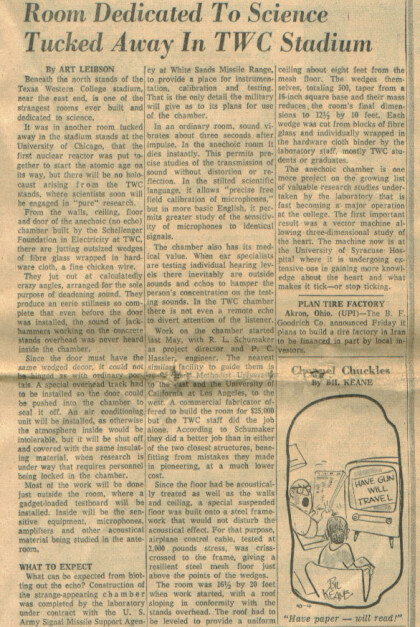

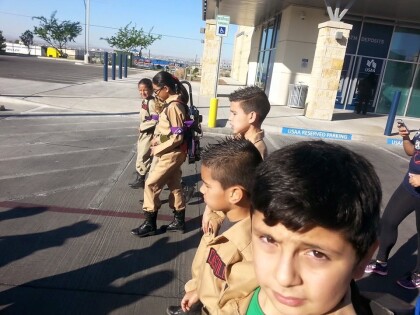


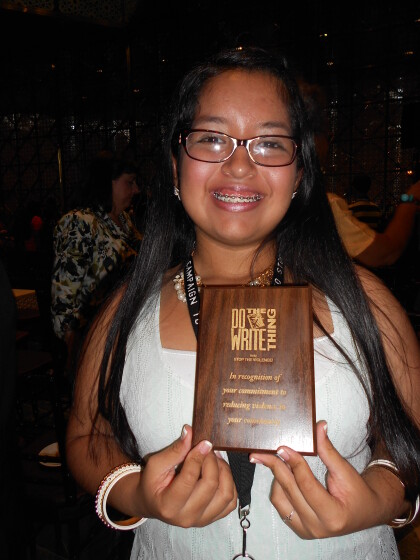

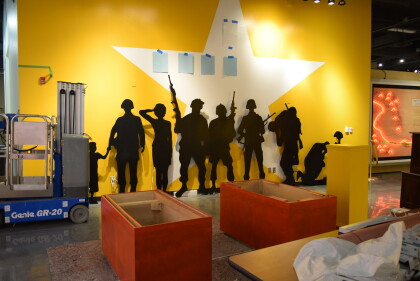
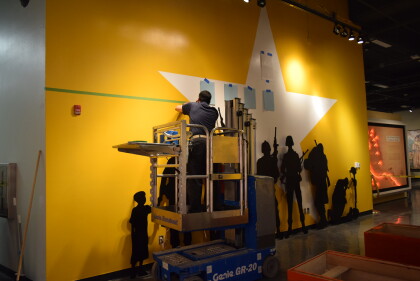
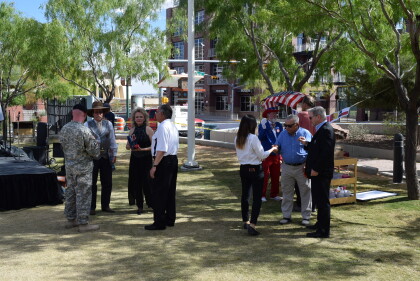
Comments
Add a comment